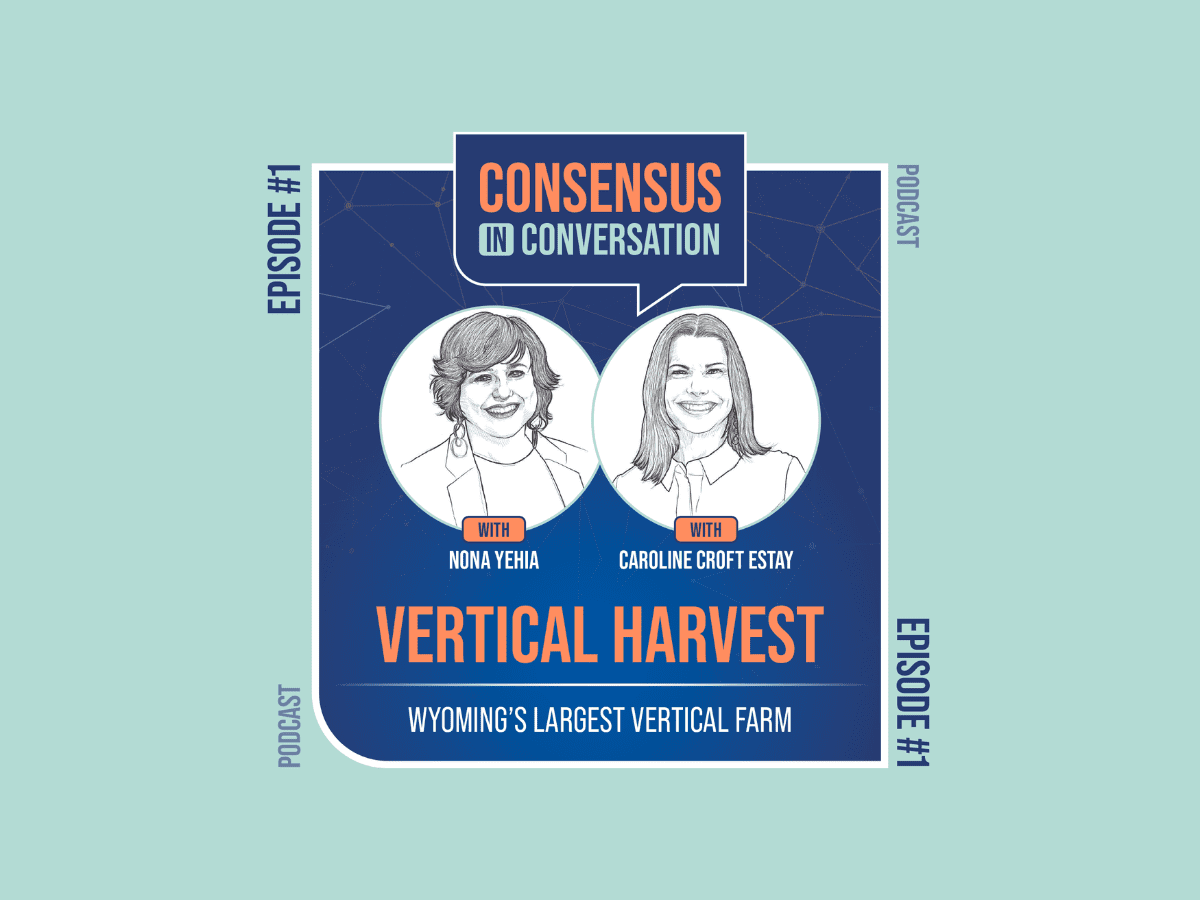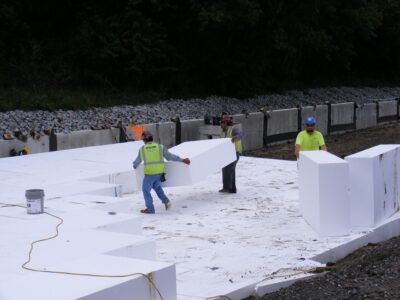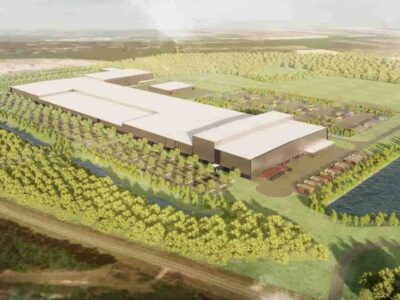Vertical Harvest: Growing Food and Futures
I can’t believe almost two months have passed since the initial release of Consensus in Conversation. I have been incredibly fortunate in our first season to converse with some of America’s most interesting innovators each week. These discussions continue to challenge me and teach me so much, but one of the most interesting episodes happens to be the series debut, which tackles a few of our nation’s most pressing issues: food and labor supply. As COVID-19 hit and the nation worked through various challenges in the aftermath, food security and supply chain certainty were front and center. The importance of food goes beyond supply chains.
There is a looming problem in America. About 33% of our vegetables and 75% of our fruits are grown in California – a state I called home for several years and dearly love! While the state’s fertile valleys are one of our country’s greatest assets, the high concentration of agriculture on the West Coast means that produce has to travel thousands of miles to reach most of America’s consumers. Traversing this distance takes time, leading the food to lose its freshness and nutrients. More locally grown agriculture would help, but 80% of arable land is already utilized. But, as an entrepreneur knows, a difficult problem provides the opportunity for profit if a creative solution can be found.
What about the second challenge facing employers and communities across the country: employees? In general, the U.S. has the lowest unemployment rate in decades at 3.5%, making staffing difficult in general. This is more acutely felt in certain communities and within certain sectors. And, as COVID struck and in the immediate aftermath, more than 47 million workers quit their jobs. Labor force participation continues to stagnate at around 62%, opening employers up to considering new labor forces and training programs that have long been marginalized.
The founders of Vertical Harvest saw in these two parallel challenges one brilliant business model, utilizing the new and promising technology of hydroponic farming to help remedy our lack of fresh produce – vertically; and staffing the farm with under-employed Americans who are differently abled. In 13,500 square feet, this operation can farm the equivalent of 10 acres. With the help of the 42 (25 of whom are differently abled) employees, this comprises one of the state’s largest employment programs for adults with varying abilities and disabilities.
I talked with co-founders Nona Yehia and Caroline Croft Estay about the exciting potential of their company to feed local communities and engage people who are often under-employed and sometimes forgotten. These visionaries are helping to revolutionize food production with sustainability and inclusivity at the forefront of their operations.
Here are Some of My Lessons Learned:
- Embrace your Skeptics: Criticism is not pleasant to hear, but it is essential when developing a new idea. Not only will doubters help you identify potential flaws and deliver a better product, but their engagement can also turn them into powerful advocates down the road. These days, the public sector is often the most grueling place for criticism. As a public-private partnership, Vertical Harvest was subjected to an intense gauntlet of critics. Rather than taking an argumentative approach, Vertical Harvest did not shy away from scrutiny from community segments where they found disagreement. Nona and Caroline ENGAGED, having regular lunches with their skeptics to discuss, address and improve their plans. These meetings helped Nona and Caroline iron out their toughest challenges and created the best greenhouse design possible. And, the most vocal of critics – a Tea Party official not inclined to tax-payer partnerships – became one of their champions across government.
- A New Chapter for Agriculture Is Urban and Starts Now: Hydroponic farming situates plants in vertical towers, where nutrient-infused water is provided to the roots. Because crops are grown upwards instead of horizontally, these farms conserve space and can be built in the most densely populated cities. Vertical hydroponic agriculture will serve a critical purpose by providing greater access to affordable, fresh food.
- Hydroponic Farming Scales: Vertical Harvest is categorized as a “Controlled Environment Agricultural” or CEA, which means that all farming occurs indoors and in a human-designed climate. This quality allows the farm to run year-round and can be replicated almost anywhere, regardless of how inhospitable the weather is outside. These facilities create an industry that is ripe for growth. Grand View Research valued the global hydroponics market size at $2.1 billion in 2020 and expects the industry to grow at a compound annual growth rate of 20.7% for most of this decade. Nona and Caroline were one of the first innovators to identify this potential and are planning to expand their operations to 10 new cities in the next 5 years.
- Look for Under-Appreciated Stakeholders: As the business community continues to incorporate values of diversity, equity, and inclusion into modern corporate culture, think big and beyond the textbook examples. These initiatives are morally meaningful, and they have the potential to be financially significant for the economy. But, consider how all marginalized groups can be stakeholders – employees, customers, suppliers, and beyond. Vertical Harvest has made it its mission to empower workers with physical and intellectual disabilities. In America, this community comprises 50 million individuals, but until recently, the group has often been ignored. They are potential employees, consumers, suppliers, and key members of our communities in general. Nona and Caroline recognized this untapped potential and have found future industry leaders among this segment of the population.





